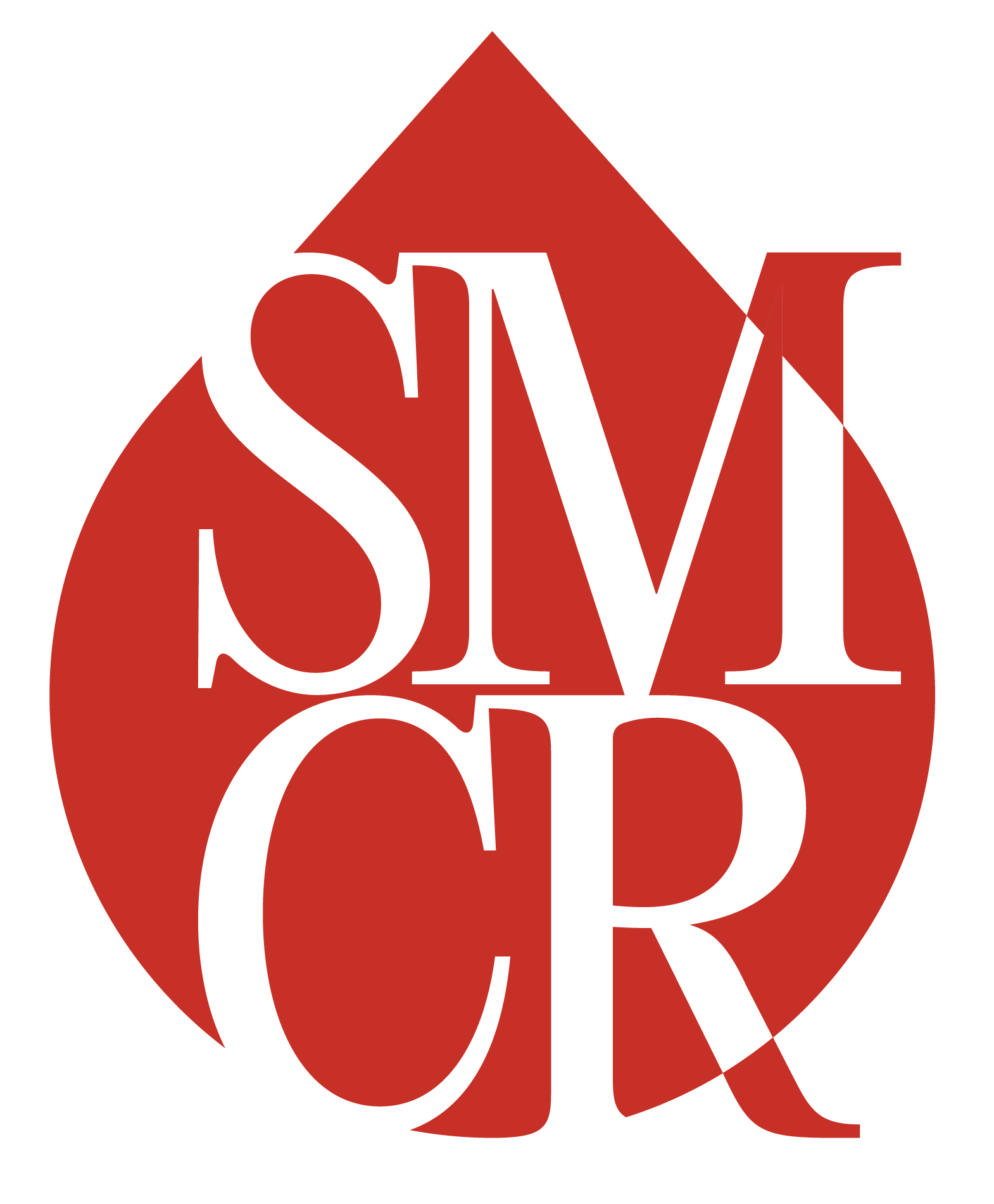Guest Post by Saniya Ghanoui, New York University
Perhaps the most well-known song that addresses menstruation is Ani DiFranco’s “Blood in the Boardroom,” a nearly four-minute narrative about a woman getting her period while sitting in a male-dominated business meeting. The song is from DiFranco’s 1993 album, Puddle Dive, and contains lines identifying women who “bleed to renew life every time it’s cut down” and “right now it’s the only power that I possess.” As such, the song connects the period to an occurrence that bonds women from different classes/social standings; recognizes the period as a source of pride and, as bluntly stated in the song, power; points out the period’s use as a tool of protest; and states the union between life and bleeding. The song is a rich text (and I recommend following along with the lyrics if you’ve never heard the song before) with an even richer music video.
The video is a multi-dimensional piece that opens with a satirical address of typical tampon and pad commercials. A blonde wig-wearing DiFranco sits next to a window, sipping coffee, as she admires the beautiful sunny day. A voice-over starts by saying there are days when women need a “little extra protection,” and ends with a nod to products “introducing the ultimate in feminine protection.” As the last line is said, DiFranco turns to the camera, a small “cat caught the canary” smile on her face, and flicks open a switchblade knife. A play on the meaning of “protection,” the violent image of the knife is contrasted with the soft color palate of the frame and indicates that DiFranco is ultimately the one in power and is capable of her own protection.
The video then proceeds to jump between several quick shots of DiFranco in different locations before coming back to her, by the window, as she “stabs” the camera with the knife, and the song lyrics commence. The act of stabbing (and an aggressive one at that) indicates revulsion of the societal norms regarding the idea of protection from the period. Later in the video, DiFranco removes the wig illustrating the shedding of her faux exterior (an act of defiance) and thus the façade. The rest of the video consists of images of DiFranco performing onstage, shots of DiFranco outside skyscrapers (giving the impression that she is literally and metaphorically outside the male-dominated business world), DiFranco playing with an infant, and two sequences that are, in my opinion, the most distinguished visual sequences of the video: firstly, DiFranco wears a tight white dress and blood “spills” on her from the bottom up while in another image DiFranco rolls in blood on the ground, and, secondly, a collection of words that quickly flash on the screen at various points throughout the song.
The use of blood in the video is notable thanks to DiFranco’s interaction with it: she rolls around on the floor in it, she rubs it on her body, and she is coated in it (while in a white dress). The latter shots turn DiFranco into a used tampon: her tight white dress becomes saturated in red, her white headband turn red, and her face and hair are streaked with the blood. In nearly all of the blood shots, DiFranco seems to enjoy her interaction with it (I would go so far as to argue that, in certain shots, she seems eroticized by it). As she rolls around in it or rubs it on her body, she takes such delight and joviality in the act that she is, thus, embracing part of her existence as a healthy woman.
Mixed with these images of blood are words that flash across the screen creating interesting connections between the lyrics of the song and the words shown. For example, when the word “tampon” is mentioned in the song the word “Plug” is shown on the screen—linking the slang phrase “plug it up” with the menstrual apparatus. In addition, when DiFranco sings about money, what she deems the “instruments of death,” the word “Instruments” flashes on the screen and then all the letters disappear save for the “men” in “Instruments.” She connects the negative notions associated with financial power to men and death and, on the opposite end, women’s ability to make life (the power of the period) should be celebrated.
The text that appears on screen occurs in the following order (all text is in white with a black background unless otherwise noted):
Bored, Bored, Curl, Corporate (turns to Corpse), BLEED (in red font), Love, Life, Period. (punctuation included), Woman, Plug, Menstruate, Puddle (on left side of the screen) turns to Dive (on right), Instruments turns into Men (the letters in Instruments disappear leaving the word men), Life (white background with black writing), Breath (white background with black writing), Board, Bored, Corporate (turns into Corpse), Blood (on the left) turns into Stain (on the right)
As you can see, DiFranco makes numerous hefty statements including the connection between the corporate world and death (Corporate to Corpse)—a sequence that is used twice in the video. Or the play on the homophone of board/bored that is, again, a jab at the corporate world.
The video contains such visually striking images that reaffirm DiFranco’s theme of power in life, and the end of the video is no exception. However, instead of blood or text she concludes in a simple manner: a young child joyfully plays with DiFranco’s guitar as she smiles in amusement.

